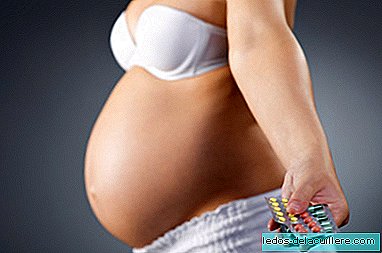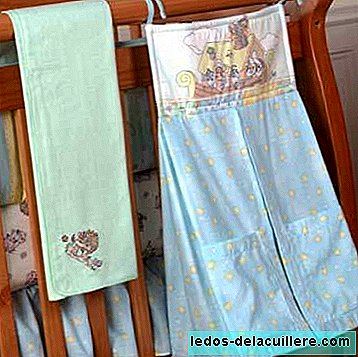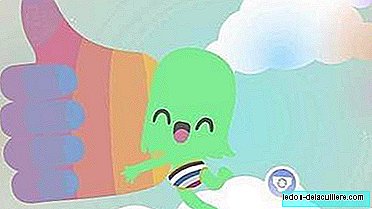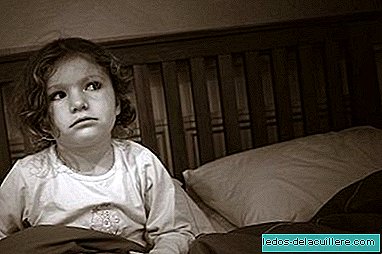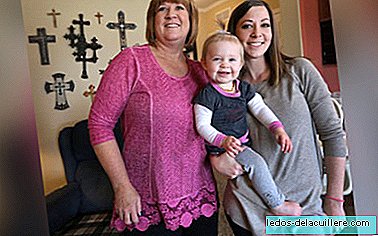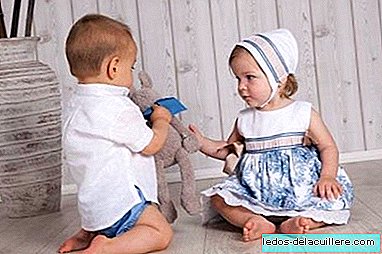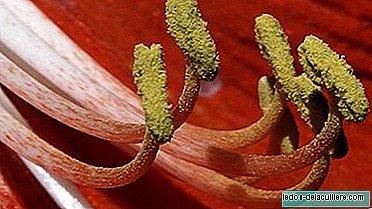
He asthma It is a very common respiratory disease in childhood. Although it affects all ages it is more common to see it in younger children. Many cases of asthma are improving over time, with the majority becoming fully resolved over time. It is one of the forms of manifestation of allergy in babies.
One of the most frequent causes of asthma are allergic processes, in which we will focus on these posts.
In the first part of the post we focus on the causes and symptoms that this picture can produce. In this second part, the diagnosis, treatment and monitoring of the condition are treated.
How do you study
It is very important that parents refer their concern to the appearance of any of the symptoms of asthma. Usually episodes of wheezing and respiratory distress usually attract attention, but that may not occur when the symptoms that are most apparent are episodes of nocturnal cough, for example.
On other occasions, the diagnosis of suspicion is made when the child presents an episode of respiratory distress and is evaluated in an emergency department, where the child's response with the use of bronchodilators is verified.
The Pediatrician will do a medical history and a detailed exploration. Sometimes you can ask for a series of tests, which vary depending on the findings of the history and exploration and the child's age. These tests can include analytics, x-rays or even tests to rule out tuberculosis. In allergy cases, the study usually focuses on locating the substance that triggers the acute episodes.
Asthma Treatment in Babies
The treatment of asthma in infants and young children is very complex and depends on many factors, so you should always be controlled, scheduled and supervised by a Pediatrician. It is possible that in certain cases the professional relies on colleagues, specialized in Child Pulmonology or Allergology.
The treatment focuses mainly on reducing pulmonary inflammation, in order to reduce the risk of acute episodes. Ideally, the child can live a completely normal life.
There are background treatments (chronic) and treatments focused on acute processes (exacerbations). Parents should know the medications, when and how to use them, and the risks involved in the excess or defect of administration. From all this the importance of a good control of the child and of going to the reviews indicated by the Pediatrician is deduced.
In the case of allergic babies and children it is fundamental control of the environmental factors that trigger the episodes acute and that produce inflammation. That is, allergens.
It is important to avoid exposing the child to these allergens, but also to other substances, such as smoke, that irritate and inflame the airways, thereby enhancing the effect of the allergens in the lungs.
When the allergen is pollen, the child must protect himself during pollination times. When the allergy is caused by dust mites, it is very important to maintain an adequate and intense cleaning of the home, avoiding objects such as stuffed animals, curtains or cushions, which can easily catch dust.
Tracing
It is essential to carry out the treatment and controls prescribed by the Pediatrician. Good compliance with these can greatly improve the child's quality of life and reduce the possibility of serious episodes.
In general the evolution of asthma of allergic origin is usually favorable, sending over time a considerable number of cases. However, others may persist beyond childhood, even for the whole life of the child. The most likely to do so are the serious ones and those with an important family allergy history.
Some actions seem to help prevent the onset of asthma, such as the use of breastfeeding, avoid smoking in the presence of children or a healthy diet during breastfeeding and the first years of life.



